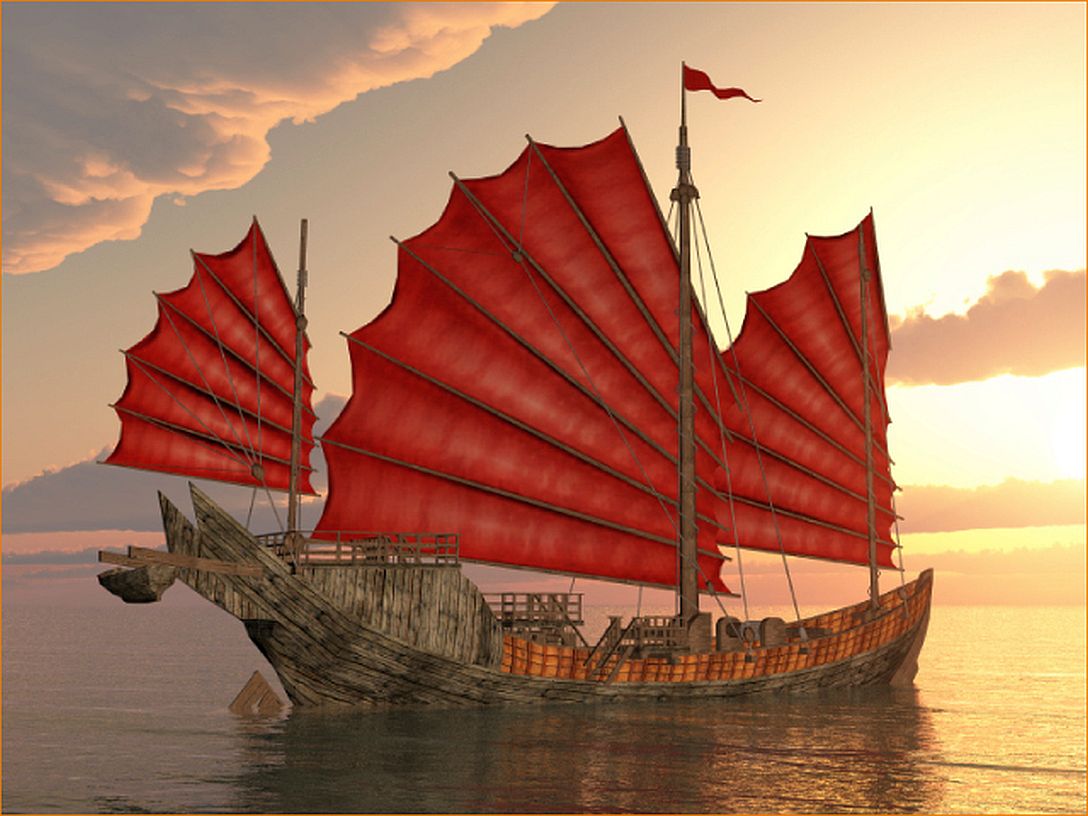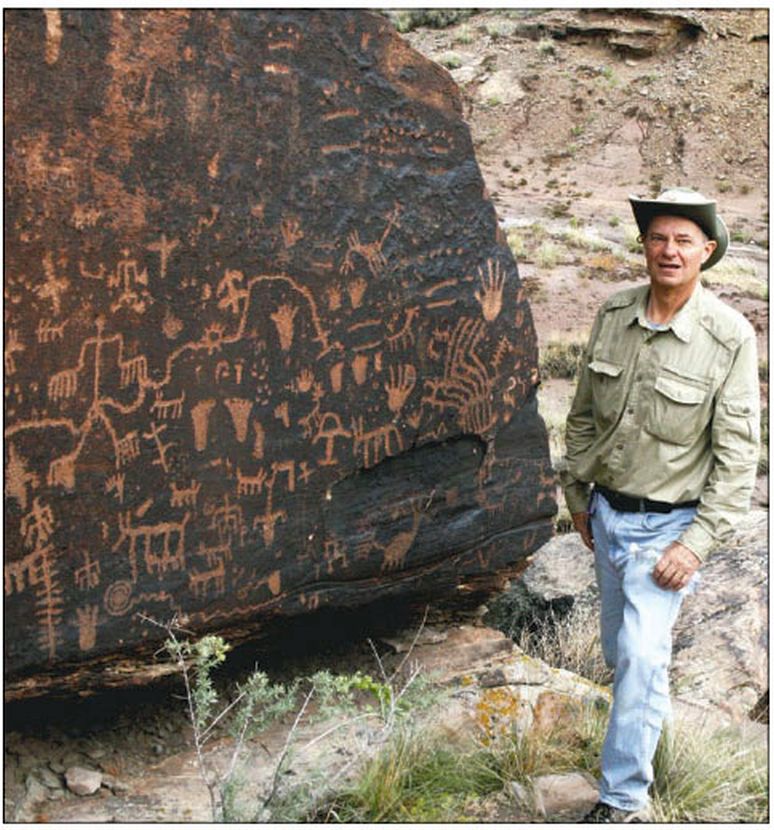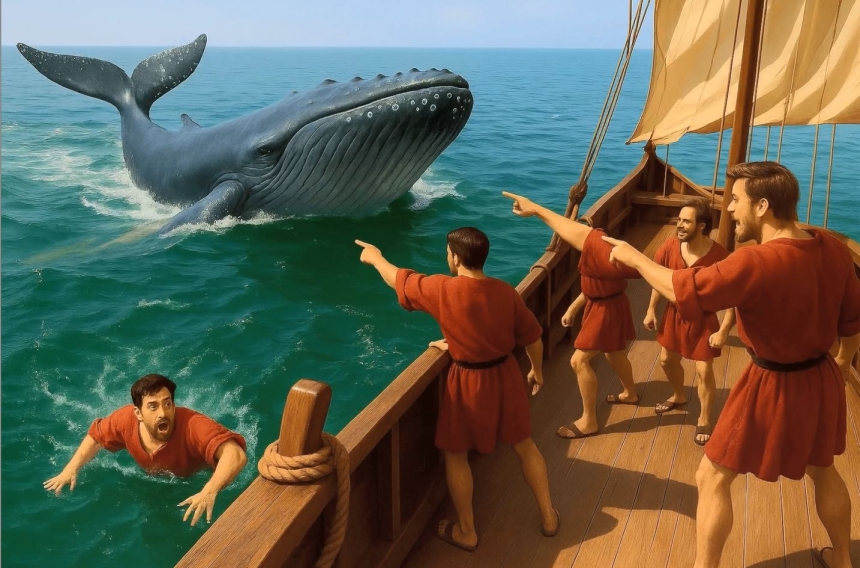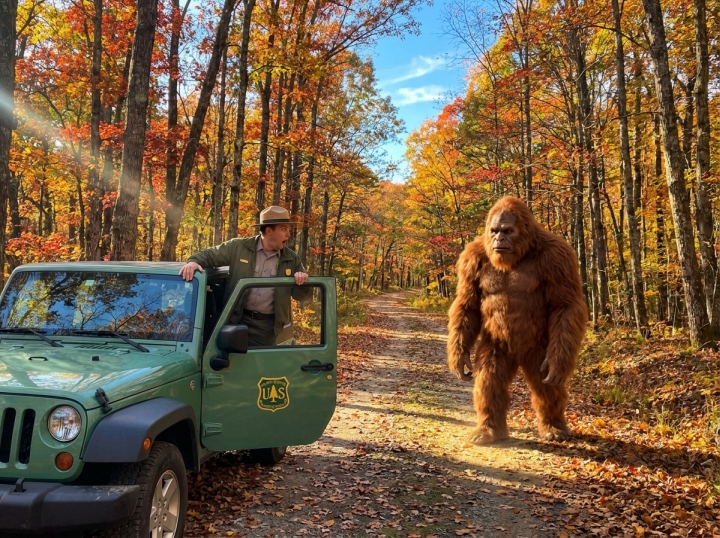
Centuries before the Italian Christopher Columbus and even thousands of years before Leif Erickson and the Vikings, the Chinese discovered and explored the Americas (North America, Central America, and South America). Throughout the USA, there are many ancient pictograms (picture words) etched into rocky layers and the patterns strongly appear to be ancient Chinese script about 3,300 years old. This Chinese script appears to be the same type of writing used during the end of the Shang Dynasty.
John Ruskamp, a retired chemist and amateur epigraph researcher from Illinois, claims he discovered the ancient Chinese inscriptions during walks in the Petroglyph National Monument in Albuquerque, New Mexico. The writings look very, very old. With the help of experts on Neolithic Chinese culture, Mister Ruscamp has translated them. The pictorial words indicate a ritual ancestral sacrificial offering of a dog to The Great King, the third Shang King Da Jia, while a man kneels before a superior during the seventh Chinese Heavenly Stem. The translation is done from reading the ancient symbols from the traditional Chinese way, right to left. There have been many ancient Chinese pictograms discovered throughout the United States of America which includes the states of New Mexico. California, Oklahoma, Utah, Arizona, and Nevada.
Mister Ruskamp claims he also found ancient Chinese writings for the number five and inscriptions that make mention of a boat upon water which he had discovered on the shore of Little Lake in California. Ruskamp further claims he found ancient Chinese writings for dogs, flowers, and the earth carved on rocks in Petroglyph National Monument.

Also, he says he discovered a Chinese pictoglyph of an elephant, cica 500 BC in the Petrified National Park in Arizona. And he found the Chinese symbol for teeth, circa 1,300 BC, carved on Grapeville Canyon in Nevada. An ancient Chinese writing, in Arizona, reads: “Set apart (for) 10 years together; declaring (to) return, (the) journey completed, (to the) house of the Sun; (the) journey completed together” following a Chinese “chop” that is unidentified, but most probably is the author’s “signature”.
There is an ancient Chinese legend about the Chinese Buddhist monk, Hu Shan, who, with other Buddhist monks, from Afghanistan, that are believed to have reached the western coast lines of North America in approximately 562 BC. A record of the historical journey to Fusang (ancient Chinese name for North America and Mexico) is found in the Chinese imperial archives. There are trees described that seem to be the prickly pear cactus. And the crew encountered “a people of a copper skin color”. The record of the journey is found in a number of ancient Chinese books.
The most famous description of the travel is in the Chinese text, called “The Classic of Mountains and Seas”, also known as “Shan Hai Jong”, written around 400 BC. during the time.of China’s warring states. The first part of that book is about travels in ancient China and vicinity, and thereafter are verses that pertain to the exploration of “regions beyond the seas”. The Chinese emperor, circa 563 BC, wished for lands beyond the great sea to be explored, claimed for China, and for missionary work; evangelism of peoples to Buddhism. In the ancient Chinese texts, various Buddhist missionary expeditions took place, 563BC, 420BC, and 250BC.
These texts speak of far away lands (what are now known as the Americas), as the land or lands of the Mulberry Tree, named by the Chinese as “Fu-Sang” or “Fu-Shang” which means “Helpful Mullberry”. The ancient Mexicans also called North America as “the land of the Mulberry Tree”. In the ancient book “Classic of Mountains and Seas”, the Mulberry land is found ten thousand miles (Chinese li) from China across “the eastern sea” and the land is about three thousand miles wide, and at a point in what is the Yutcan, called a “trunk” being about a hundred miles thick.
These claims turn out to be true facts regarding North America and Mexico. In Mexico, there us a certain part that links with North America that is 120 miles in width. (There are other parts much thinner separated by many miles.)There is also described “a great Canyon”, seen in “the Great Eastern Waste, Beyond the Eastern Sea”. This tremendously large canyon seems to be “The Grand Canyon of Arizona, USA. Further ancient Chinese details are that the canyon has many “ledges” and a water flow into ” a charming gulf” which is true today. The Colorado River of the Grand Canyon flows into the Gulf of California. There are other details mentioned by ancient Chinese on this very gigantic canyon.
In the year 499 AD, there was another Buddhist missionary monk with a crew that sailed to Fusang, reaching a part of the American Continent of making a shorter distance of about 20,000 Chinese li (about 6,000 miles) away from China. Some ancient Chinese explorers seem to have been in what is now British Columbia in Canada. Between 3100 BC to 300 BC, there was the Bronze Age. Prominent Bronze Age kingdoms include Sumer and Babylonia in Mesopotamia and Athens in Greece and China, Korea, and parts of Russia. Rome was not a prominent bronze user as the.later development of the city had precluded most excavations from reaching a depth sufficient to encounter such deposits, and early finds have been mostly discovered from secondary deposits.
In Alaska, in a place called “Raising Whale”, archeologists have discovered a dozen bronze artifacts including a buckle and a whistle. These archeologists theorize that Alaska’s Native American Indians had contact with the great cultures from China, Korea, and Russia; Yakutia, Russia 2,600 years ago. At the region of North America where these artifacts were discovered, techniques cor obtaining such a metal alloy were unknown in that time period. So, the origin would be from east Asia by trade having been established through the Bering Strait, when it was frozen. In regards to South America, there are archeologists and researchers who believe ancient Chinese, since the end of the Shang Dynasty, circa 1,046 BC, traveled to South America when the Shang dynasty’s prince. Prince Yin, left China and headed east with his army, all the way to what is now Peru, Ecuador, and Bolivia.
Images of angry dragons, similar to those seen in ancient Chinese art, show up in South America among the ancient Native American Indians. So do images of a creature that looks like a combination of a dragon, Phoenix, and a snake from Shang Dynasty Chinese art also appear in Native American Indian ancient art. Jade, so preferred in ancient Chinese artwork and jewelry, appears a great deal in Native South American Indian ancient art and jewelry. There are other similarities of the ancient Chinese and ancient South American Native Indians. And in Ecuador, a jade Olmec mask shows strong Chinese facial features, and some specialists believe the Olmec art style might have originated in Bronze Age China.
There are other ancient artworks of what appear to be Chinese figures. And ancient celts from La Venta in Ecuador bear ancient Chinese characters (letters; or words; written symbols) on them.


